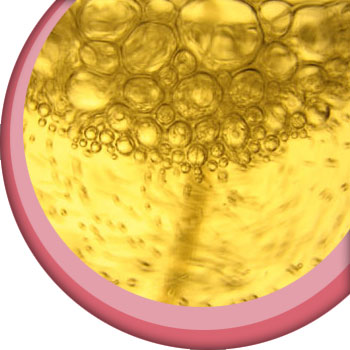Urinalysis (Urine Sampling)
Urinalysis means testing the urine. This involves various different tests, and depending on the situation your vet may wish to do just some of them or all of them. Urinalysis is most commonly used for investigating urinary tract conditions but can be useful in many other situations, for example sugar in the urine is suggestive of diabetes mellitus (high sugar levels in the blood).
Your vet may ask you to bring in a urine sample which can be a daunting task! For dogs there are often special kits available to help you catch a sample, but otherwise using a wide shallow dish to catch the sample is often easiest, and you can then carefully transfer it to a pot. For cats your vet may be able to provide you with non-absorbent cat litter to go in their litter tray and a syringe to transfer the urine to a pot. Always use clean containers as otherwise the sample may become contaminated. Your vet should be able to give you a pot for the sample to go in.

For some tests your vet may need to use a method called “cystocentesis” to get a sterile (very clean) sample of urine i.e. one that has not been contaminated by bacteria from the environment as your pet urinates. This technique involves putting a very small needle through the tummy wall into the bladder and removing a small amount of urine, and is often done with ultrasound to enable your vet to see exactly where the bladder is. It can sound quite alarming but most animals do not mind the procedure. Always speak to your vet if you are worried about anything.
Urine dipsticks
These are a quick and simple test to check for certain substances in the urine including sugar, blood and protein. They can also measure the pH: how acid (low pH) or alkali (high pH) the urine is.
Urine specific gravity
This means measuring how concentrated/dilute the urine is. This can be useful for checking kidney function as one of the jobs of the kidneys is to concentrate the urine to the correct level.
Sediment analysis
Urine sediment is separated from the urine by spinning the sample at high speed. This causes the solids (e.g. any cells, crystals or bacteria) to settle at the bottom. These can then be removed from the liquid and studied under the microscope. The most common thing to look for with this test is urinary crystals. Crystals can be the precursor of bladder stones, therefore it is useful to identify them. Different types of crystal can form, thus identifying which type is present can be helpful to prevent and treat them in the future.
Cytology
This can be used to look for inflammatory cells, tumour cells or bacteria within the urine. Find out more about Cytology
Culture and sensitivity
This test involves identifying the type of bacteria present in the urine, if any, and which antibiotics will be best to treat them.
Find out more about Culture and Sensitivity
Disclaimer: This website has been designed to offer information surrounding the use of antibiotics and infection control for pet owners. It does not replace advice from your veterinary surgeon. If you believe your pet is unwell or you have any questions relating to their treatment, please always contact your veterinary surgeon for advice.

